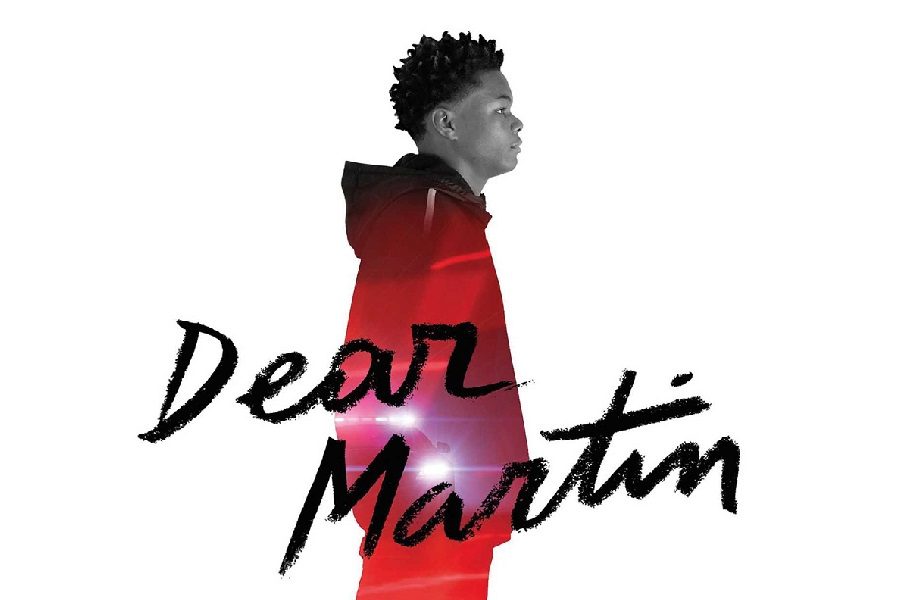
It’s for young people who feel like they don’t belong. It’s for teachers who want a book palatable to young people who both have and have not faced discrimination. No matter what rules Justyce plays by, he can’t win.

And worst of all (*story spoiler*), he now lives with the permanent echo of police brutality that left him with a gunshot wound and killed his best friend. He still faces daily discrimination by classmates who claim to be “colorblind.” He still feels like he doesn’t belong in either of his separate worlds as he attempts to straddle both - he knows he’s seen as a “sellout” to his childhood friends and neighbors and as “the token black kid” and affirmative action beneficiary in the eyes of his mostly white classmates. If true integration by King’s own definition is “inter-group and interpersonal living,” Justyce can’t help but wonder why more people in school don’t look like him.

Justyce is particularly compelled by King’s definition of integration, which throughout the book, he comes to understand as more than just the elimination of segregation. Writing letters to King, Justyce explores and analyzes the racism he faces daily through the lens of civil disobedience asking himself in diary entries, “What would Martin do?” After being profiled and falsely arrested, Justyce embarks on a social experiment to emulate his hero, the Rev.


 0 kommentar(er)
0 kommentar(er)
